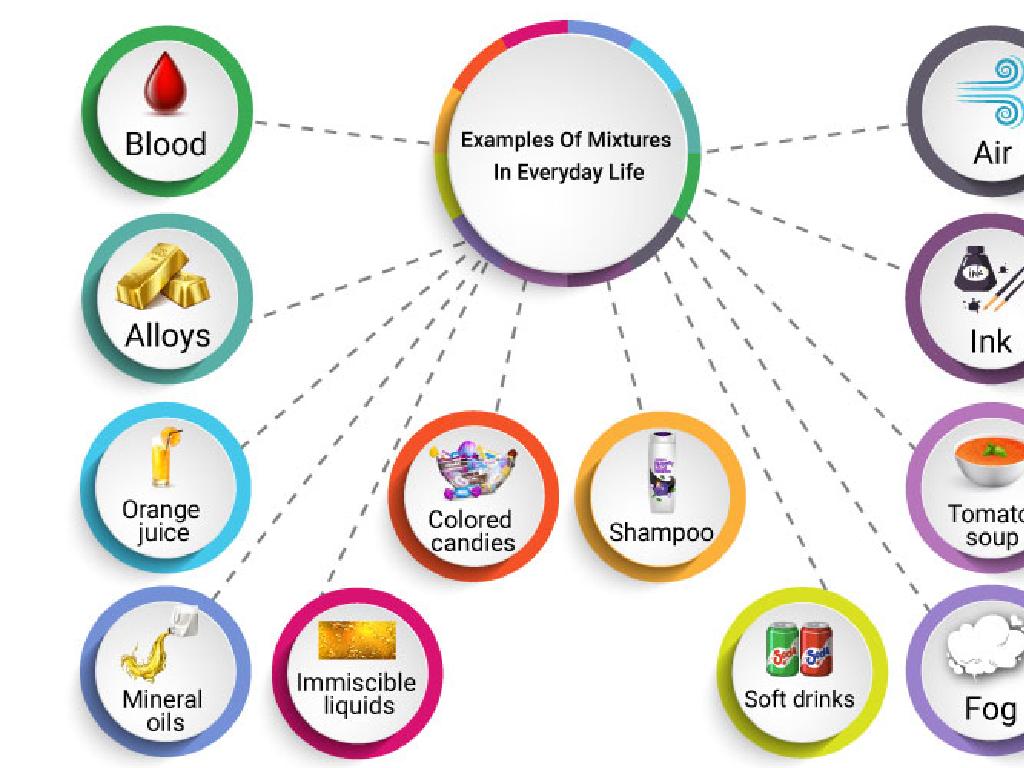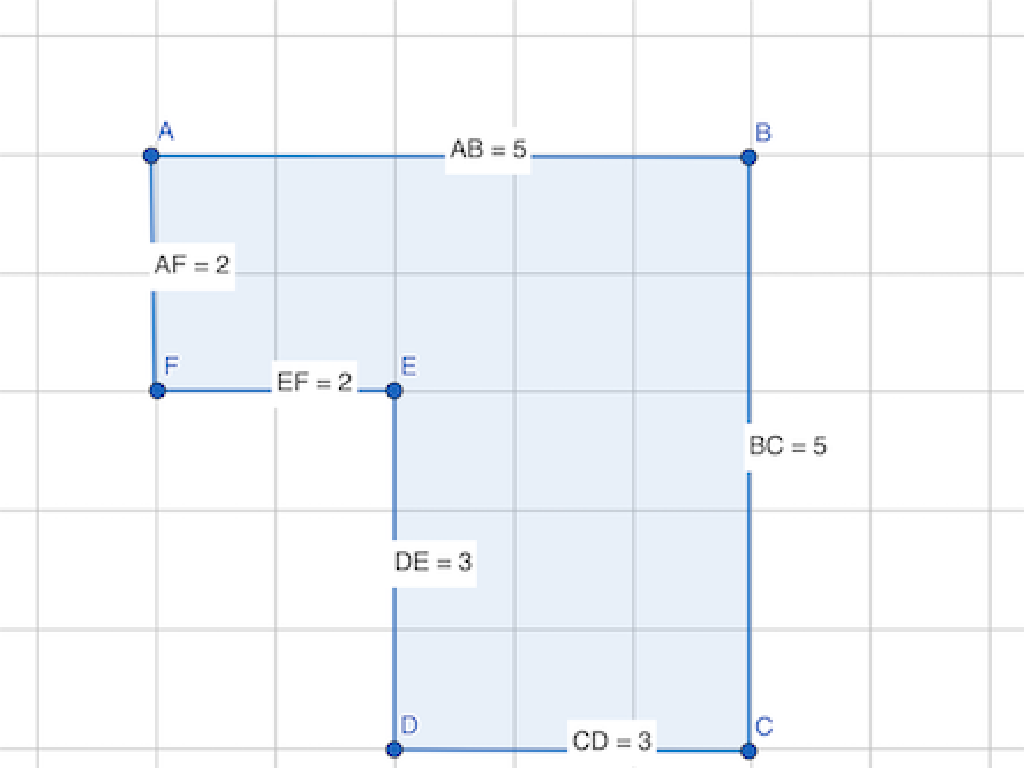Reverse Engineering
Subject: Science
Grade: High school
Topic: Electrical Engineering
Please LOG IN to download the presentation. Access is available to registered users only.
View More Content
Introduction to Reverse Engineering
– What is Reverse Engineering?
– Disassembling products to study their design and functionality.
– Significance in Electrical Eng.
– Essential for understanding existing circuits and improving them.
– Real-world applications
– Used in product analysis, security, and learning how devices work.
– Enhancing innovation & problem-solving
– Encourages creative thinking by deconstructing and rebuilding.
|
This slide introduces the concept of reverse engineering within the context of electrical engineering. It’s crucial to explain that reverse engineering involves taking apart devices to understand their components and operation. Highlight its importance in the field for analyzing and enhancing existing technologies. Discuss real-world applications such as competitive analysis, security testing, and educational purposes. Emphasize how reverse engineering fosters a deep understanding of electronic devices, which is essential for innovation and effective problem-solving in engineering. Encourage students to think of products they use daily that could be understood better through reverse engineering.
Understanding Reverse Engineering
– Define Reverse Engineering
– Reverse Engineering is taking apart an object to see how it works in order to duplicate or enhance the object.
– Deconstructing man-made objects
– Carefully taking apart electronics to study their structure.
– Analyzing components & functionality
– Examining each part to understand the role it plays in the item s operation.
– Purpose & benefits in engineering
|
This slide introduces the concept of reverse engineering within the context of electrical engineering. Begin by defining reverse engineering as the process of dissecting a device to understand its structure and operation. Emphasize that this is often done to recreate or improve upon the design. Illustrate the process by discussing how engineers might deconstruct a piece of electronic equipment, such as a smartphone, to analyze its components and their functionality. Highlight the purpose of reverse engineering, which includes learning from existing designs, enhancing technology, or creating compatible products. Encourage students to think about the ethical considerations and the importance of innovation in engineering.
Applications of Reverse Engineering in Electrical Engineering
– Enhance current technologies
– Identify and improve upon weaknesses in existing devices
– Analyze competitor products
– Dissect and understand how rival products work
– Learn from historical designs
– Use previous designs as a blueprint for advancement
– Foster innovation
– Encourage creative thinking and new solutions
|
This slide aims to highlight the practical applications of reverse engineering within the field of electrical engineering. Students should understand that reverse engineering is not just about taking products apart, but also about learning and improving upon existing technologies. By analyzing competitor products, engineers can gain insights into different design approaches and feature sets. Looking back at past designs allows for reflection on what worked well and what can be improved, providing a solid foundation for innovation. Encourage students to think about how reverse engineering can lead to breakthroughs in technology and inspire them to consider its ethical implications in the competitive market.
Case Study: Reverse Engineering a Radio
– Identify radio components
– Speakers, antenna, tuner, and circuit board are key components.
– Functions of each part
– Speakers produce sound, antenna receives signal, tuner selects frequency, circuit board connects everything.
– Synergy of radio parts
– Each part plays a role in receiving and producing the audible radio signal.
– Understanding through disassembly
|
This slide introduces students to the practical application of reverse engineering by dissecting a common electronic device – a radio. Begin by identifying and listing the main components such as the speakers, antenna, tuner, and circuit board. Explain the function of each part: speakers convert electrical signals into sound, the antenna captures radio waves, the tuner allows selection of different frequencies, and the circuit board is the heart that connects all components. Discuss how these parts must work in harmony for the radio to function correctly. Encourage students to think critically about the role each component plays in the system. This understanding will be deepened by hands-on disassembly in a controlled environment, allowing students to directly observe the interconnectivity and design of the radio.
Ethical Considerations in Reverse Engineering
– Legal aspects of reverse engineering
– Understand laws that govern the deconstruction of products.
– Ethical use of reverse-engineered data
– Use information responsibly to innovate, not plagiarize.
– Respecting intellectual property
– Intellectual property rights protect creators’ works.
– Case studies of ethical dilemmas
– Explore real scenarios where ethics were questioned.
|
This slide aims to address the ethical and legal considerations when engaging in reverse engineering. It’s crucial for students to understand that while reverse engineering can be a powerful tool for learning and innovation, it must be done within the bounds of the law. Discuss the importance of respecting intellectual property rights and using information ethically to create new or improved products rather than to copy. Provide case studies to illustrate the fine line between ethical and unethical practices in reverse engineering, fostering a discussion on the implications of these actions in the field of electrical engineering.
The Reverse Engineering Process
– Step-by-step reverse engineering guide
– Identify the product, disassemble it, analyze components and systems.
– Tools and techniques for disassembly
– Use of screwdrivers, multimeters, oscilloscopes, and soldering irons.
– Documenting findings systematically
– Keep a detailed log of each step, sketches, and photographs of disassembly.
– Insights from reverse engineering
– Understanding how a device works can lead to innovation and improvement.
|
This slide introduces students to the systematic process of reverse engineering in the context of electrical engineering. It’s crucial to guide them through the steps of identifying and disassembling a product, analyzing its components, and understanding the system as a whole. Emphasize the importance of using the correct tools and techniques for disassembly without damaging the components. Encourage meticulous documentation of the process, which is essential for learning and legal purposes. Finally, discuss how the insights gained from reverse engineering can be applied to innovate or improve existing technologies. Provide examples like reverse engineering a radio or a simple electronic toy to make the concept more tangible for the students.
Hands-on Activity: Disassemble a Calculator
– Form small groups for disassembly
– Carefully disassemble a calculator
– Use tools like screwdrivers to open the calculator casing
– Identify each component’s function
– Locate parts like the display, buttons, and circuit board
– Discuss findings with the class
|
This hands-on activity is designed to give students a practical understanding of reverse engineering by disassembling a common electronic device – a calculator. Each group should have a set of tools for disassembly, including screwdrivers and possibly other small hand tools. As they take apart the calculator, they should document each component they remove and discuss its function within the device. After disassembling, students will share their findings with the class, facilitating a discussion on the role of each part and how they work together. This activity will help students understand the complexity and design considerations in electronic devices. Teachers should ensure safety measures are followed and provide guidance as needed.
Activity: Reverse Engineering Reflection
– Groups present their findings
– Discuss disassembly challenges
– What difficulties did you encounter while taking the device apart?
– Reflect on device functionality
– Why is it crucial to know how devices operate?
– Understand reverse engineering
– Reverse engineering helps us innovate and improve on existing technology.
|
This slide is meant to facilitate a classroom discussion following a hands-on activity where students disassembled a device to understand its inner workings. Each group will share what they discovered, including the components and their functions. Encourage students to discuss any obstacles they faced during the disassembly process and how they overcame them. This reflection will help them appreciate the complexity and design of electronic devices. Emphasize the value of reverse engineering in learning, innovation, and problem-solving. It’s a chance to understand the engineering design process and how products can be deconstructed to learn manufacturing techniques and improve upon them.
Conclusion: The Power of Reverse Engineering
– Recap of Reverse Engineering
– We’ve learned how to deconstruct devices to understand their workings.
– Open floor for questions
– Applying skills to future projects
– Use these techniques to innovate or improve existing technology.
– Encourage curiosity and exploration
– Always ask ‘How does this work?’ and ‘How can I make this better?’
|
This slide wraps up the session on Reverse Engineering, summarizing the process and its importance in understanding and innovating technology. Encourage students to ask any lingering questions they might have, fostering an environment of curiosity. Discuss how the skills learned can be applied to future projects, such as school assignments or even personal endeavors. Emphasize the value of reverse engineering in various fields, including but not limited to electrical engineering, and how it can lead to improvements in design and functionality. Encourage students to approach technology with a critical eye and a mindset geared towards innovation and problem-solving.






